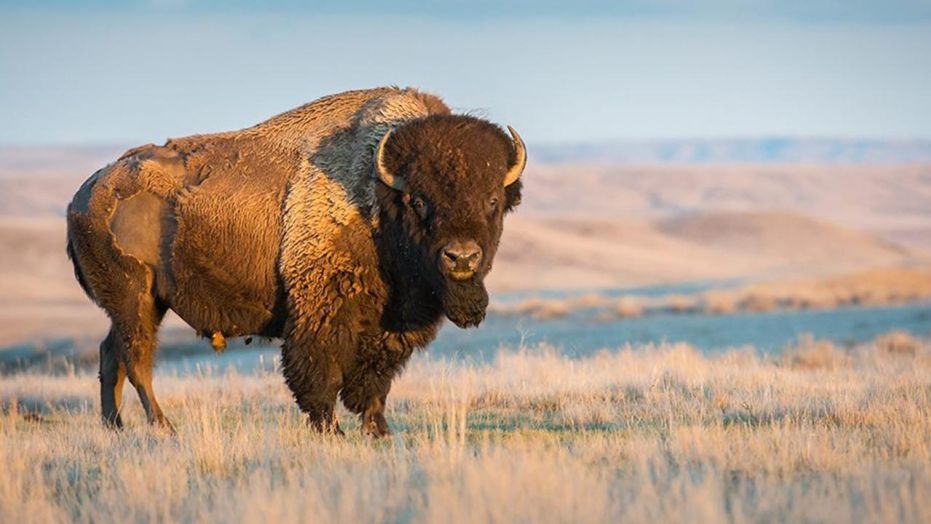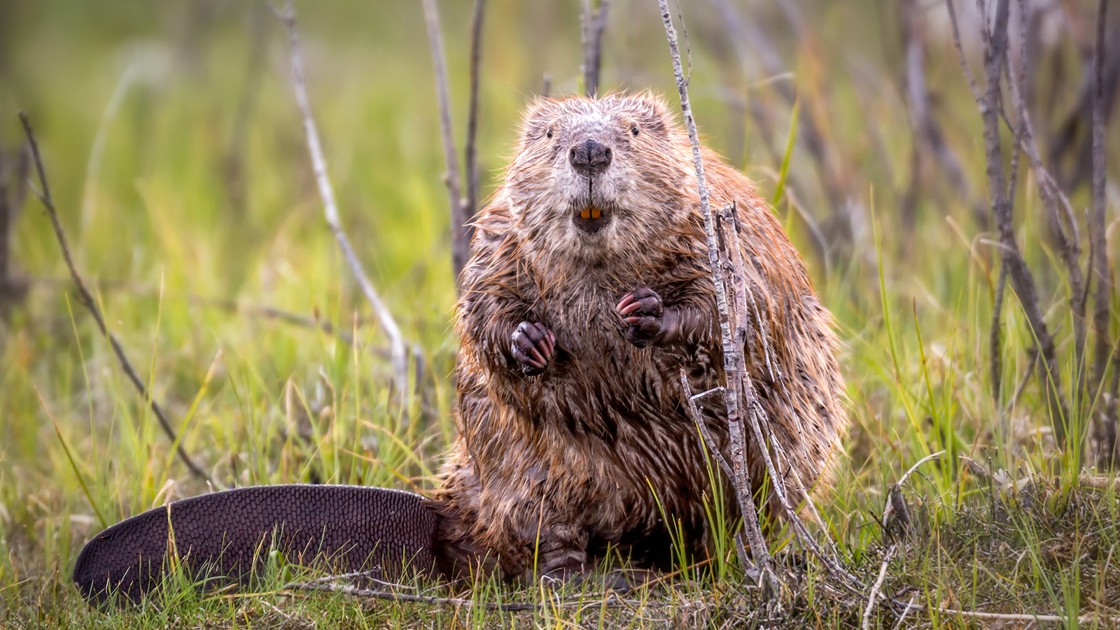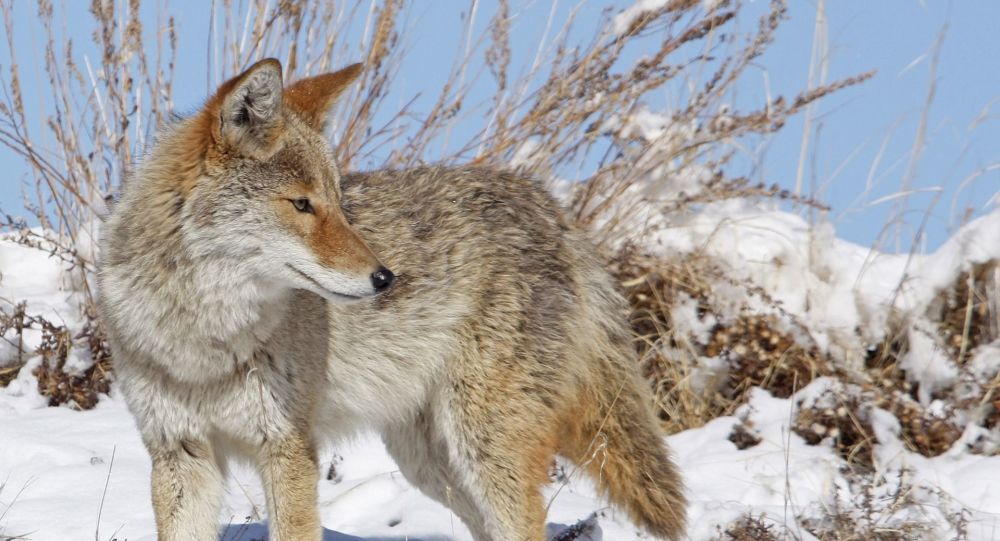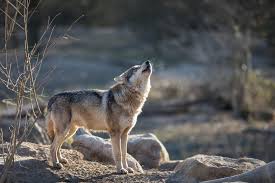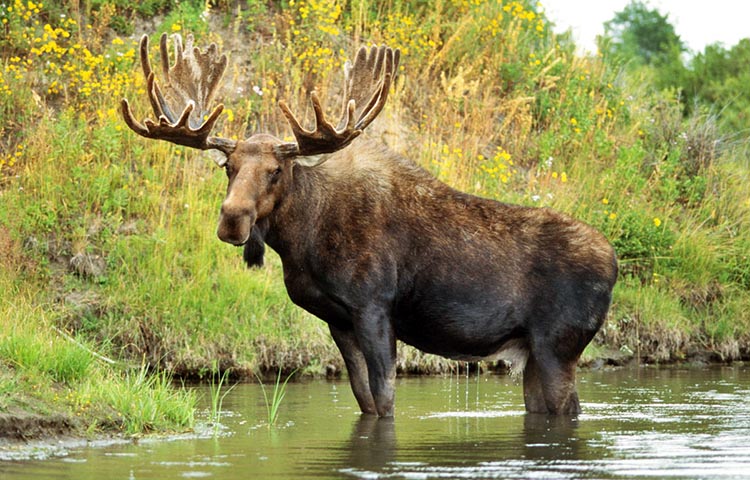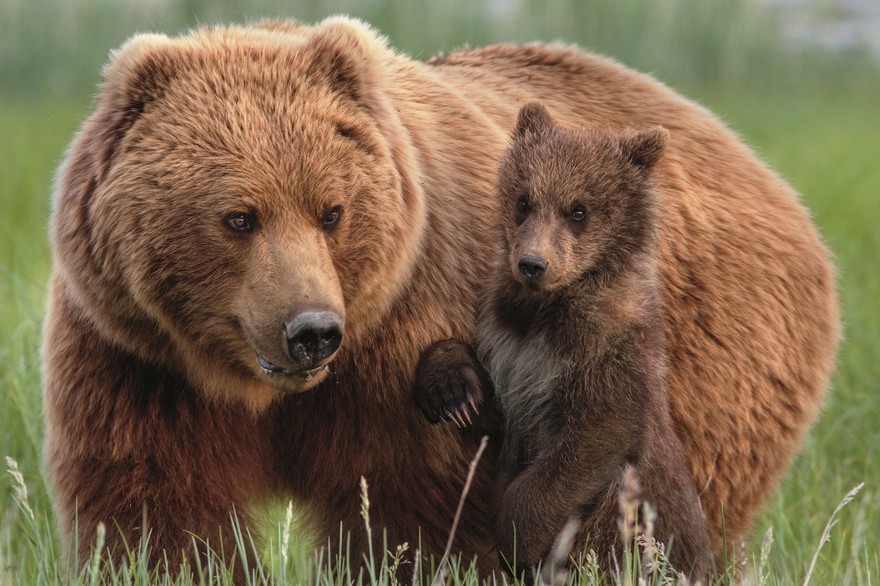The place of animals among Native Americans
The eagle 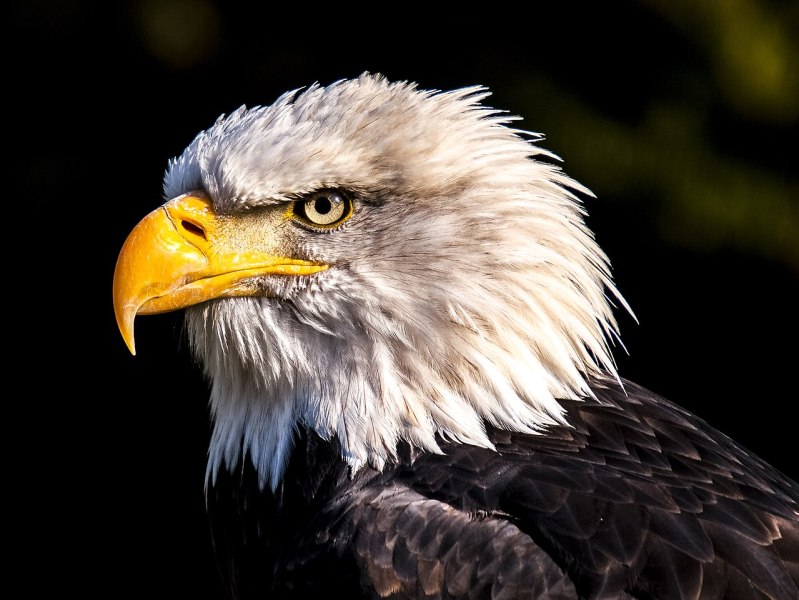
The eagle represents great wisdom, authority and power, courage. It helps us take a step back to analyze our lives. It offers the objectivity and clarity of mind necessary for decision-making and seeking priorities. The eagle represents the spirit, the ability to live in the realm of the spirit while remaining connected and balanced in the earthly realm. The eagle brings awakening and enlightenment. The eagle embodies divine strength, it can go very high in the sky, higher than any living being and it is assimilated to the Great Spirit. It dominates the whole of life. The eagle teaches that it is necessary to consider both negative and positive events, the sides of shadow and light. It is by testing one's strength of soul that a person can acquire the strength of the eagle.
Eagle feathers are the most sacred and effective healing tools. Medicine men and women have used them for centuries to purify the aura of their patients. Among the Zuni Indians of New Mexico, the eagle is placed with the sun at the fifth cardinal point, which is the zenith. The eagle is a substitute for the sun.
The bison
The bison is inseparable from the culture of the Plains Indians, along with the horse and the teepee, it is an integral part of the lives of the North American Indians. The Indians had probably been hunting bison for millennia; without horses, they would have hunted them down and driven them off a cliff or killed themselves. The bison provided the Indians with everything they needed for their lives; the skin, tanned by the women, was used to cover the teepees and make blankets, clothing, and bags. They also used the leather from the neck to make shields. The meat, very rich in protein, could be eaten roasted or boiled. It was also cut into thin slices and left to dry in the sun. Bison meat allowed families to survive the harsh winters of the plains. The horns were used as ladles, the hair was braided to make twine, and the tendons for the bowstring. The intestines were used to make waterskins. The dried dung served as fuel.
The Plains Indians considered the buffalo spirit to be one of the most powerful manifestations of the Great Spirit. For the Lakota Sioux, the buffalo was the earthly representation of the power of the sun.
At the end of the 18th century, American generals understood that without the bison, the Indians would quickly be without resources and that this would lead to their extinction. The bison hunt was open, they were massacred and left to rot on the prairies. The Cheyennes, Comanches, Kiowas and Arapahoes died of hunger and the white hunters continued their dark work. By the early 1880s, the bison had practically disappeared from the northern plains. In 1883 it was considered completely extinct in North America, but a few dozen animals were found in isolated places, and in 1894 they were reintroduced into Yellowstone National Park in the state of Wyoming. Today there are approximately 50,000 bison in the United States.
The beaver
According to Native Americans, the beaver is a hardworking, builder, and noble animal. It has strong family and teamwork values. Beavers build highly interlocking dwellings, with multiple entrances and exits. They change the ecology of the place where they live by building dams along rivers, and the small lake that forms upstream of the dam creates a new ecosystem. For Native Americans of the North, the beaver was a primary source of food, and it was an easy animal to catch. The Indians always left a pair alive to perpetuate the species. Larger than a cat, it is rich in meat, and its tail, made entirely of fat, was highly prized by Native Americans, especially in winter.
The horse
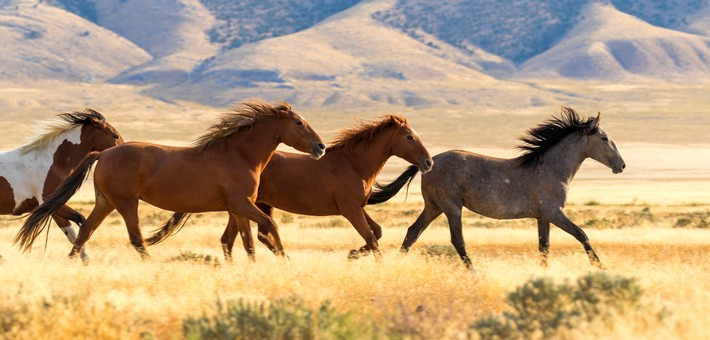 The horse was a blessing for Native Americans because they could move much faster with heavy loads like teepees, they could also transport the old and the sick, and they could also carry more food. It changed their hunting methods; they no longer needed to drive bison off a cliff; they could choose their prey, and hunting was more productive. The horse was a means of exchange; it allowed them to acquire personal property. Horses were traded for skins, clothing, weapons, or blankets.
The horse was a blessing for Native Americans because they could move much faster with heavy loads like teepees, they could also transport the old and the sick, and they could also carry more food. It changed their hunting methods; they no longer needed to drive bison off a cliff; they could choose their prey, and hunting was more productive. The horse was a means of exchange; it allowed them to acquire personal property. Horses were traded for skins, clothing, weapons, or blankets.
By the end of the 16th century, the Apaches and Navajos had fully integrated the horse. It was easier for them to steal already trained horses than to capture wild horses, which required considerable skill. Around 1670, the horse spread to the eastern tribes and the Plains Indians as far as the Pacific. By 1800, the horse was present throughout the North American continent. When the bison herds were wiped out and the Indians were placed on reservations, the role of the horse became that of a simple working animal.
Native Americans attribute qualities to horses based on the color of their coat. The Lakota Sioux tribe in South Dakota protects a herd of sacred horses, considering them a member of their family, like sacred cows in India.
The coyote
The coyote is called a sacred dog by Native Americans, and the cunning one, the trickster. He is the one who plays tricks that often backfire. There are hundreds of legends that speak of the coyote and its magical powers that backfire. Native Americans also call it "the medicine dog," a medicine that will make you laugh, and laughter is the best medicine. The coyote's antics are a reflection of our absurdities.
Before wolves and cougars were virtually exterminated, the coyote was very abundant in the prairies populated by bison, elk, and pronghorn. As long as it did not compete with the wolf, the coyote ranged from the Sonoran Desert to the plains and mountainous regions of Alberta in Canada; with the extermination of the wolf, its range expanded from Guatemala to the North Slope of Alaska. Because of its abundance in North America, the coyote is a species of Least Concern.
The wolf
The wolf represents power and very positive attributes. Most tribes lived in harmony with nature, and that is why the wolf was an integral part of life, on the same level as the sun and the moon. For many Native Americans, the wolf is considered a brother or sister or a spiritual guide. The wolf's greatest quality is the pack, which is how the American Indians tried to adopt it because the pack dynamic is incredibly strong due to the role of each person in a group. The wolf has exceptional talent as a hunter and predator, which aroused the envy of many tribes.
The Ojibwe tribes had powerful beliefs when it came to the wolf, it was their totem animal, it was sacred, you couldn't hunt it because it was like killing a family member. The Sioux called the wolf "shunk manitu tanka" which means "animal that looks like a dog but is a spirit." The Cherokees would not kill a wolf, believing that the animal's brothers and sisters would come for revenge. The Hopi included the wolf in kachina dolls which represent the powers of the universe.
The moose
The moose, or American elk, is the largest of all deer. It has large, mostly flat antlers. With its long legs and neck, it can graze underwater and is a good swimmer. The Indians call it "the ghost of the woods" because, despite its imposing size, it moves so silently through the forest that you might pass it without noticing.
In North America, moose are distributed throughout Canada and Alaska, parts of New England, the states of Washington and northern Minnesota, and the Rocky Mountains. They are not considered endangered.
The bear
The bear is one of the most powerful animal species, and Native Americans consider it very close to the Great Spirit. Some legends say that the creator created "creators" creating other "creators", but the bear comes from the Great Spirit just like man. The bear is somewhat similar to man in its varied diet, roots, leaves, honey, meat, everything that humans eat is part of its diet. Despite its strength, it is a very gentle animal. The bear teaches us healing medicines, because it knows exactly which plant to eat in case of health problems. All Native American nations have a "bear clan", and it is among these clans that there were the greatest leaders.
The bear is one of the oldest spirit animals; bear skulls have been found alongside human bones dating back to Neanderthal man. The bear spirit is an important source of support in difficult times. The bear symbolizes strength and bravery worldwide.
